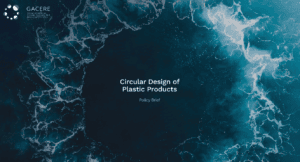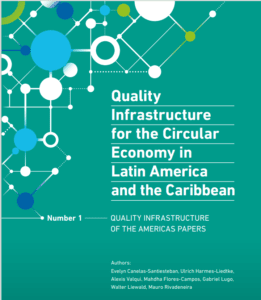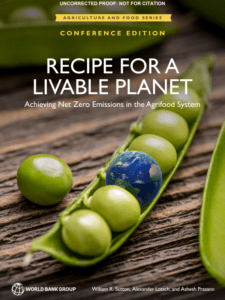 The goal of the circular economy model is to ensure that products and materials in circulation retain as much value as possible and that waste and pollution are eliminated by design. Therefore, circular design is a great alternative to overcome the plastic pollution crisis that has greatly affected the planet. It is an opportunity to transform material-intensive value chains towards models that privilege the retention of product value, including economic value, throughout its entire life cycle.
The goal of the circular economy model is to ensure that products and materials in circulation retain as much value as possible and that waste and pollution are eliminated by design. Therefore, circular design is a great alternative to overcome the plastic pollution crisis that has greatly affected the planet. It is an opportunity to transform material-intensive value chains towards models that privilege the retention of product value, including economic value, throughout its entire life cycle.
This policy brief provides an overview and suggestions on possible approaches to formulate, establish, and expand the criteria required for the circular design of plastic products, involving different actors in the plastic chain. It highlights four areas of circular design: (i) design for reduction and optimization; ii) design for extended use and reuse; (iii) design for repair and reconditioning; and (iv) design for recyclability. While it is focused on the plastic packaging sector, it also inspires implementation in other sector types that use plastic products.
For more information, download the policy brief here.



